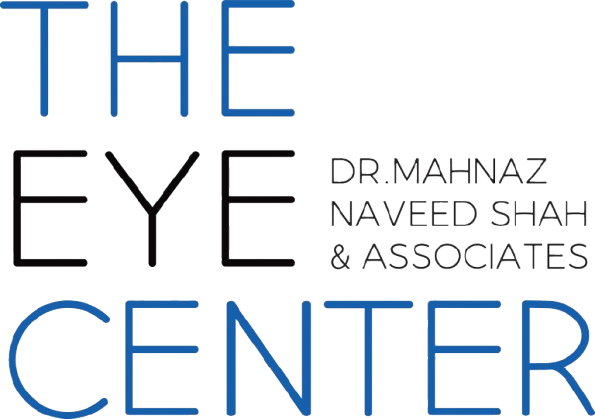An inherited condition called Stickler syndrome affects the joints, the ears, and the eyes. Collagen, the body’s connective tissue, is affected. The cornea and sclera of the eye are primarily made of collagen.
Some individuals get the Stickler syndrome from their parents. A child of a Stickler syndrome parent has a 50% chance of inheriting the condition. Others, however, do not have any relatives that suffer from Stickler syndrome. In other situations, the syndrome was brought on by a fresh mutation in their genes.
Numerous ocular issues might emerge in children with Stickler syndrome at a young age.
Stickler syndrome patients frequently have significant nearsightedness at birth. They can only see things that are right next to them. Some babies are born with cataracts, which are lens cloudings. In addition to having Stickler syndrome, children can develop glaucoma, a disease that affects the visual nerve. Children with Stickler syndrome may also experience vision problems due to detached retinas. If someone experiences a sudden onset of floaters (tiny specks, spots, circles, lines, or cobwebs in the field of vision), flashes (flashing lights or lightning streaks in the field of vision), or dark shadows in their peripheral (side) vision, they should consult an ophthalmologist right once.
A physical examination and medical history help an ophthalmologist identify Stickler syndrome. A thorough eye exam finds the syndrome’s accompanying issues.
Ophthalmologists can treat Stickler syndrome-related eye problems, but the syndrome itself cannot be cured.
The best course of action for each patient’s condition varies while treating newborns with cataracts. Typically, surgery is advised very early in childhood. This choice is influenced by a number of variables, including the child’s health and if one or both eyes have cataracts.
Surgery might not be performed for years if the youngster develops cataracts in both eyes. Depending on how severe they are, it might never be required. However, if a baby has a cataract in only one eye, their visual system may not develop normally. Serious vision issues and possibly vision loss may occur if left untreated.
The clear gel that fills the eyeball can occasionally look abnormal. The vitreous of the eye is this gel. The abnormal appearance is visible during an eye exam.
Detachable retinas are more likely to happen in people with Stickler syndrome. In case they experience a detached retina, they should be informed of the symptoms. If a detached retina occurs, surgery is necessary to reattach the retina.
Medicated eyedrops are frequently used to treat Stickler syndrome-related glaucoma. Sometimes, surgery is required.
Vision can frequently be improved with glasses or contact lenses for people with severe nearsightedness. These severe cases of myopia can occasionally benefit from refractive surgery as well.
At The Eye Center- Dr. Mahnaz Naveed Shah & Associates our team of eight ophthalmology subspecialists/ eye specialists, eye surgeons who are considered amongst the very best eye specialists in Karachi and in Pakistan, have the diagnostic and treatment capabilities to treat from the simplest to the most complex patients. We work hard to provide our patients with the best possible medical and surgical eye care, in a state of the art purpose built eye care facility. We offer the entire array of medical, laser and surgical treatments to help provide patients the best possible care in the most efficient, safe and ethical manner. Our diagnostic and clinical expertise ensure the best possible care for you.
If you need an appointment, please contact us at 03041119544 during our working hours or leave us a WhatsApp message at +923028291799 and someone will connect with you. Walk-in appointments are also available for emergencies. We can also be reached through our web portal on www.surgicaleyecenter.org


